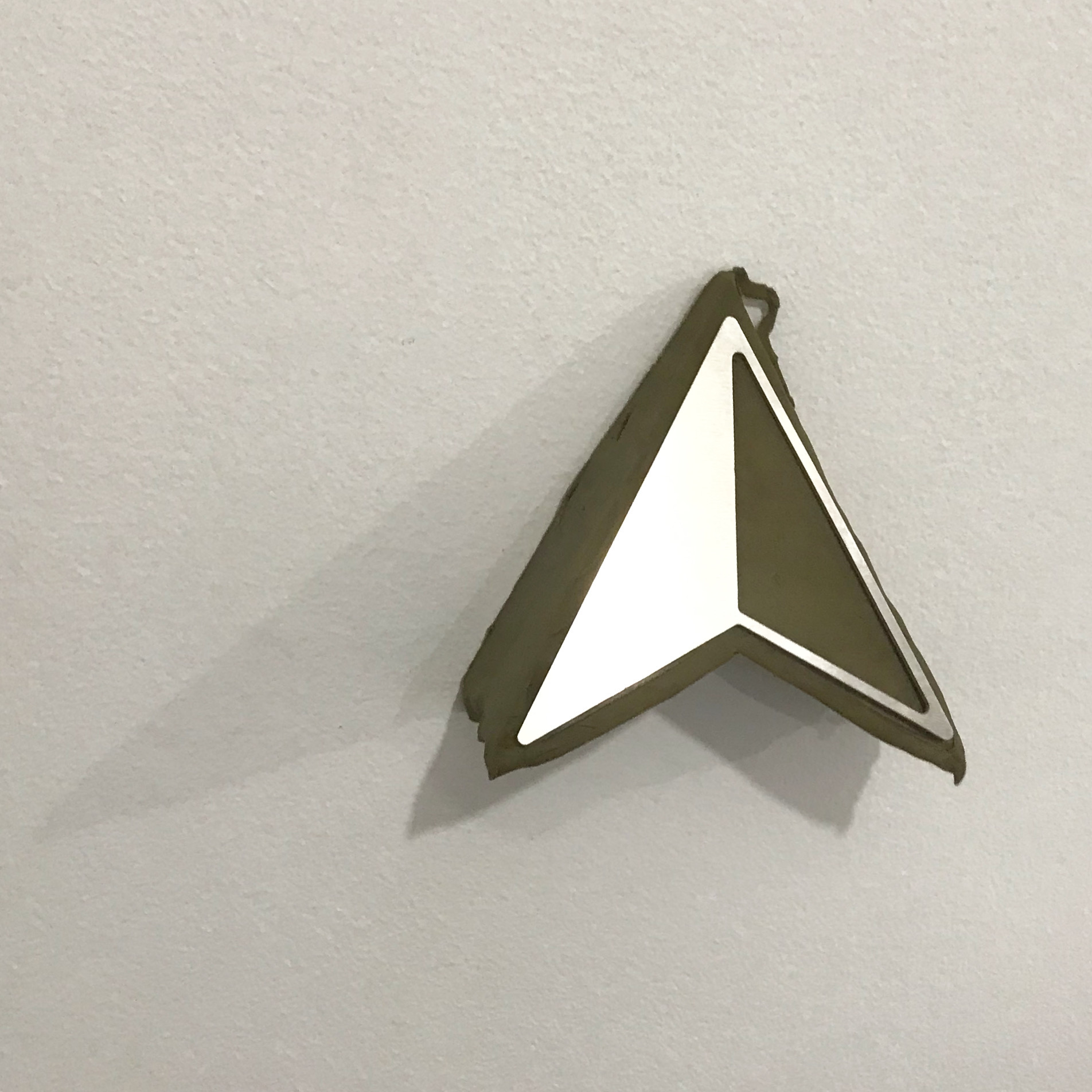Scale
In this body of work, the apparatus utlisied by archaeologists in order to asses the scale and orientation of finds at a dig site have been reconfigred to the lengths of the artists hands, individual digits and knuckles. Mounted in relation to these palm sized aluminium scaling tools are flint microliths and granite hammerstones manufactured by the artist. These tools are fabricated from flint found in Norfolk, England, where prehisotrically these materials were mined prolifically for the production of spears, hide scrapers and arrowheads.
Hammerstone.
Aluminium, granite, birch plywood, tracing paper.
56x48x6cm.
2022.

Vanity Tray.
Flint, acrylic, contact adhesive, steel.
14x27x4cm.
2022.

North Arrow.
Aluminium, plastercine.
9x8x5.5cm.
2022.

Microliths 1 & 2.
Aluminium, flint, ripstop parachute silk, tracing paper, steel.
9x20x5cm.
2022.


Shown at Ususal Business Gallery’s “Lesion” in 2022.